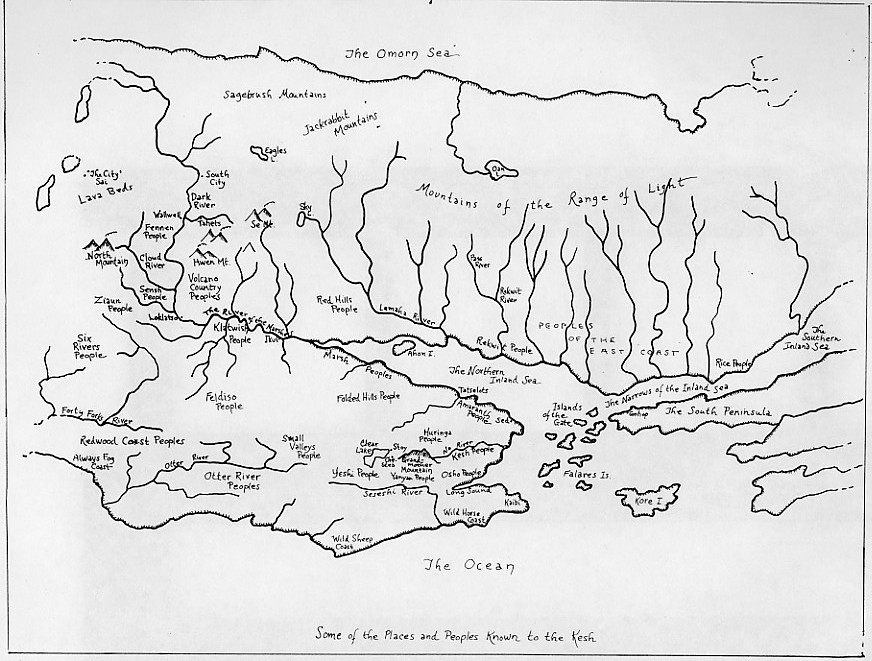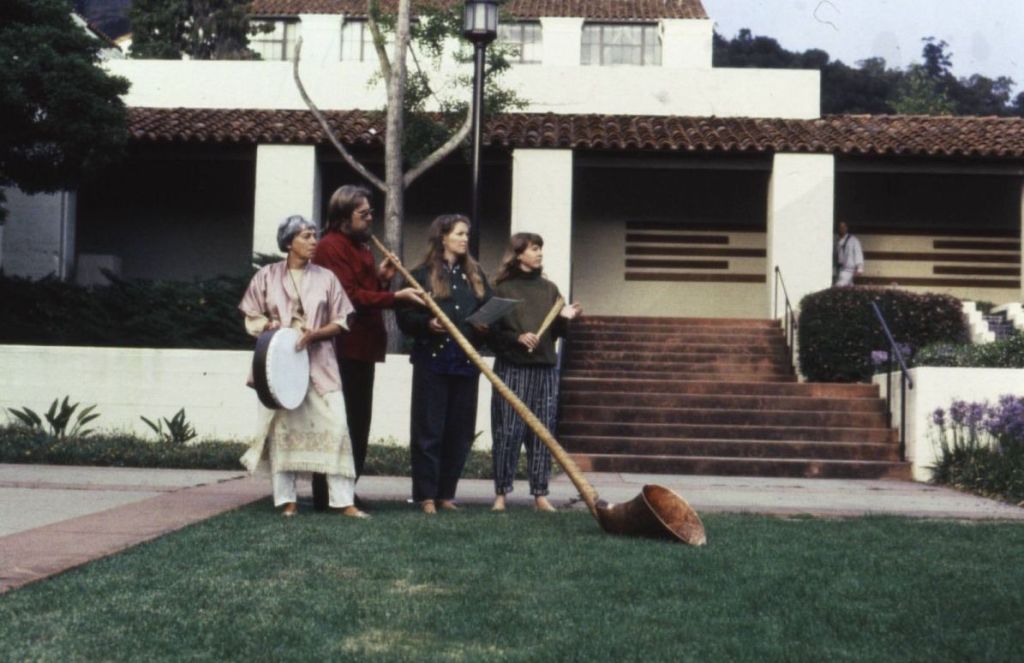
After watching Part 5 — The Lordly Ones the last series docu by Adam Curtis episode I felt like finally posting this study here that I have not read but sounds very compelling. The archival materials Curtis assembles and edits trace the shifting contours of another underlying pattern that emerges from his centrifugal (vaguely non-linear) history VJing (?!) kaleidoscopic rush towards now. His initial giveaway – from recently departed D. Graeber – takes history, memory and future as something made and in the making. All the unnerving loose-ends, valuable archival footage fragments, documenting both personal trajectories and ebbing planetary emotions keep chasing each other and keep producing new contradictions and dynamics that one may refuse to acknowledge but cannot ignore. I am not a historian nor an academic, but I am keen follower & curious seeker of repurposed, remade, salvaged neo-worlds, of the joy of invention and imaginative play that is always risky stuff, whenever and wherever we imagine various pasts, or whenever one in order to have a tradition invents it. This also implies courage as well as response- ability (as D Haraway said). No idea is innocent and what was once invented might seem eternal, or gets enshrined as national tradition under strict gatekeeping. So how the past or how ‘nativism’ gets to to be roleplayed now, commercialized, weaponized or how folklore gets radicalized counts.
This post is not to debunk or ridicule the dreamy, fairy (elvish), fantasy invented- worlds that abound online and offline nowadays, or their dedicated publics, history buffs or LARPing fans, nor is it an attempt to bury the neo-medieval. In fact the Middle Ages have transformed our understanding of the past and in turn we have been transforming our understanding of this period regarded and banished as dark-side, obscurantist, superstitious intermediary btw Antiquity and Renaissance. All what followed, all what was inherited from the antiquity has been already imprinted and further elaborated during those subsequent medieval times. The Middle Ages are being constantly revolutionized (enough to check the Medieval Twitter!). Games, novels, tatoos, and even Middle Age lifestyle gatherings make it something eerily alive and very active in the weirdest places and corners of the net. Still, under current circumstance this practice also includes toxic manifestos extolling neo-medieval glorious pasts (as in Breivik’s case and others) as well as organized nationalist tribalism (as in Jacob Mikanovski’s survey of the Great Kurultáj) or the ethnopolics of Romanian neo Dacian White Wolves – thus making it mportant to delineate a certain strain and specificity that has defined this reconstruction of the past since 1900 under certain artistic and historical circumstances. This peculiar dream of a lost countryside, of happy peasants dancing their dances, obedient to their good, fair and noble overlords is a very modern (middle class) hackneyed back-to-country pastoral Middle Age idyll. It starts to animate the oeuvre (operas, literature, ethnological research) and arts of an English (and probably globally Westernized – if we consider the German, Slavic and Romanian neo- Medieval volkish movements roughly parallel with it) middle classes. It coincides with the whole white fear eugenics & demographic panic (Sax Rohmer, Madison Grant etc) the whole Twilight of the West (Untergang des Abendlandes by Oswald Spengler). This European medievalist trend has been growing in contrast with and as a reaction/retreat in the face of the rapid impact of industrialization, colonialism overseas (immigration at home), humiliation by non – European armed forces (Russo-Japanese War) and of changing power relations in the wake of tremendous productive forces being unleashed, the rise of robber baron monopolies as well as the collapse of the British Imperialism. Retreating to the countryside has had an appeal for those who could afford to retreat in comfort and not face the horrors of city life, industrial squalor as well as the growing bargaining power of the worker (mostly miner) masses.
In response there has been an incredible growth of a idealized Middle Ages with its aesthetics be it in literature (yes J R R Tolkein is also part of it), in music – and part of it was also the Glanstonbury Festival (1914-1925) inspired in part by Richard Wagner’s Bayreuth example altough the history is more complicated and winded then an episode’s mention can deal with. Adam Curtis makes the central claim that a lot of intellectuals and prominent archaeologists involved in the formation of the state of Iraq (state nationhood) have constructed and supported the same type of tribal mythology in the context of the Gulf States and the Near East. So archaeologists (among them Getrude Bell as mentioned by Adam Curtis) have been attracted by this romantic image of the Orientalist view of tribal traditional leaders (what they saw as the local tribal aristocratic version of their – “The Lordly Ones”), encouraging and establishing the power of local authoritarian oil sheikhs of the future. This was done against those very populations that had to be ruled & perforce suffer the ill effects of this rule. This romantic nativism & exalted tribalism had quite destructive effects on the local secular and already developing middle classes of Iraq, Syria and other former parts of the Turkish Ottoman Empire that where on their way towards modernization.
The West has been active in seeding somehow and sustaining this purified & cleaned-up image of an oldskool entitled ‘noble aristocracy’ – something completely at odds with the situation on the ground. The aristocratic neo feudal turn is also visible in popular pulps. Tarzan is a new type of hero: written by an American, its about the physical feats of a lost white male heir of the Lord Graystoke fortune. A (via his stay in the African jungle) rewilded British scion raised by apes combining the ‘noble savage’ with a good lordly pedigree. With the waning of fhe British Empire, a kind of neo- medieval return to hallowed hierarchies – was taking root in the States as well around 1900 – for example considering the habits, Christian Crosses, pires, rituals, cultural bricolage and costumes portrayed in the viciously racist neo-Templar knight proto-KKK version of US history, especially as portrayed in D W Griffiths movie The Birth of a Nation. In fact the whole knightly made-up cosplay (‘klan’ Highland -clan) look from this movie was copied by actual klan-members later on, was being inspired by an earlier literary description from the Romantic adventure novels of Walter Scott – itself an invented version of the Middle Ages in tune with the new Romantic ideals. In Romania itself the protochronist movement has embellished a particularly ethocentric version of the past and its purportedly socialist dictators have identified(helped by historians) themselves with particular rulers, built monuments and have been depicted (even in paintings) as kings of yore & fathers of the land. It is this kind of hauntological truth that comes to haunt us, a past that we have otherwise actively cosplayed, contructed, or reconstructed. It is important to think and revisit not just to cynically trash the whole revival mood – but enable a more diverse, dirty, grotesque, multifarious and complicated Middle Ages, one where we may even find empowering (that do not give in to the lure of exceptionalism nor purism) and cherish the core of ‘progressive’ elements (even if it sounds anachronistic) therein as an insistence of possibilities (in Isabelle Stengers words).
I want to make a note in saying Adam Curtis mentions in his documentary this brooding opera by Rutland Boughton (1878-1960) called The Immortal Hour (1914) in connection with the Celtic revival, the neo-pagan movement of Europe, of rediscovered traditional dances, of inventing and introducing dark and eerie forces (of anti-modernity?) that where in fact very modern. Neo-paganism has always had these National-Socialist and anti-semitic undertones (or at least bulk anti- Judeo-Christian) which have deeply tainted its follow-up. At the same time it is important to recognize that Rutland B. was considered a socialist and his work’s reception suffered because of his communist leanings (he was member of the communist party). Nothing is simple or easy to categorize. The Middle Ages was not a terrain just for imagining oppressive, hierarchical racial fantasies – in fact a prominent utopian thinker, socialist activist, designer, William Morris and a major figure of the British Arts & Crafts movement was involved in the Middle Ages revival. In a footnote to their Dialectic of Enlightenment Adorno and Horkheimer adopt the critic of Disenchantment voiced by such neo-pagan animists as Ludwig Klages but stop short of his embrace of the primordial magical communion with nature. The fragment quoted by Jason Ananda Josephson Storm (in his Myth of Disenchantment) is worth citing in full in regard to the increasing commercialization of a pure, more ecological “dark geen” Middle Ages as well as the taunted union with a Gaian healing power that rings more truer than ever (see wellness industry or greenwashing fossil fuel extractive industries):
“Klages [and company] recognized the nameless stupidity which is the result of progress. But they drew the wrong conclusion… The rejection of mechanization became an embellishment of industrial mass culture, which cannot do without the noble gesture. Against their will, artists reworked the lost image of the unity of body and mind for the advertising industry.”
Glastonbury in the sprawling & interminable Glastonbury Romance by John Cowper Powys reads more like the attempt to muster all these diverse alternative (alternate) and incompossible temporal perspectives into a comprehensive anarchist- Jacobin-Marxists miner- pilgrimage/Middle Age eco-commune at an intersection of ley lines. In solidarity with the miners General Strike, Boughton the composer produced his Bethlehem nativity opera with Jesus born in a miner’s cottage and King Herod as a top-hatted capitalist and roman soldiers in police uniforms and duly lost his funding (not sure yet how this avoids the current anti- elitist populism and anti-semitic discourse or keeps converging towards it). There’s much to be said about dormancy – and residual feelings and a past that is not past. The residual has been always inviting us to search for traces (Ernst Bloch) of the future in the present (and also without proto chronist bias in the past) and unassimilated and unassuming remnants might always lie around as well as giving rise to new emergent cultural forms that go unnoticed. Sven Lütticken quotes Marxist cultural critic Raymond Williams and his 1970s remarks on why we should not treat “feudal culture” or “bourgeois culture” as monolithic blocs by focusing only on their dominant features – and this comes to the fore especially in regard to a continously forming and emerging Middle Ages. There’s a sense that at key historical moments (and Raymond Williams has a truly procesual understanding of his examples) wherever and whenever new and emerging cultural forms, experiences, values get generated “there is always other social being and consciousness which is neglected and excluded: alternative perceptions of others, in immediate relationships; new perceptions and practices of the material world.” At the same time we are reminded how different is the dawn of a newly dominant computational emergentism and ‘other pasts’ during 1970s or 1980s neoliberalism (an important reference period for both Adam Curtis as well as Raymond Williams) in regard to ’emergentism’ as understood under the auspices of 1920s by someone like Whitehead or Powys.
I would add two more names to the mix – the study of Middle Ages and Renaissance by famous (1895-1975) Russian philosopher and literary critic Mikhail Bakhtin Rabelais and his World. As part of his research Bakhtin identifies the carnival as a collectivity that is defined and organized in a way that defies socioeconomic and socipolitical organization. According to Bakhtin’s celebrated analysis “[A]ll were considered equal during carnival. Here, in the town square, a special form of free and familiar contact reigned among people who were usually divided by the barriers of caste, property, profession, and age”. Exaggeration, hyperbole and excessiveness constitute the meat and bone of grotesque realism aesthetics that he helped identify across the ages (including the Mardis Gras carnivalsque celebrations). Other contemporary writers have drawn on such egalitarian and progressive anticipative moves for example – in peasant utopias – sources of re-imaging this world as another world – as China Miéville put it in a 2018 article: “In the medieval peasant utopia Cockaigne it rains cheese. Charles Fourier imagined the seas turned to lemonade. The Big Rock Candy Mountain. These are dreams of sustenance out of reach of the dreamers, of the reduction of labour, of a world that will let exhausted humanity rest.”
Amy S. Kaufman and Paul B. Sturtevant examine the many ways in which the medieval past has been manipulated to promote discrimination, oppression, and murder. Tracing the fetish for “medieval times” behind toxic ideologies like nationalism, antisemitism, Islamophobia, misogyny, and white supremacy, Kaufman and Sturtevant show us how the Middle Ages have been twisted for political purposes in every century that followed. The Devil’s Historians casts aside the myth of an oppressive, patriarchal medieval monoculture and reveals a medieval world not often shown in popular culture: one that is diverse, thriving, courageous, compelling, and complex.


